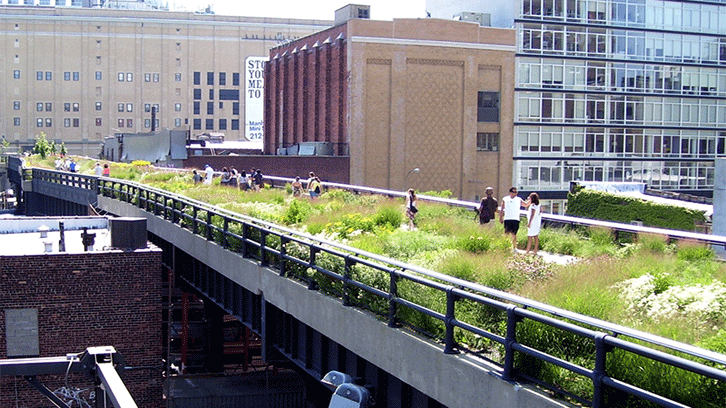How can we create greener cities to be socially inclusive too?

As reflected in the United Nations sustainable development goals (SDG), one of the major challenges for urban planning is to prepare cities for an increasing number of people while developing them as sustainable, resilient, safe and inclusive places.
In recent years, the European Commission (EC) has introduced various strategies and funding schemes for developing and operationalizing two related concepts, Green Infrastructure (GI) and Nature-based Solutions (NBS), as ways to address this global challenge.
GI and NBS definitions or interpretations often argue that the multiple benefits of their implementation in urban areas include fostering social cohesion or reducing socio-spatial inequalities.
However, there is a lack of empirical evidence supporting this claim and, on the contrary, the authors of the article contend that, under certain circumstances, greening or nature-based interventions can paradoxically lead to greater social inequalities through processes such as green gentrification.
Several selected urban examples of nature-based projects involving social trade-offs are described in the paper, including:
1) Lene-Voigt Park (Leipzig, Germany)
2) High Line Park (New York, US)
3) Sienkiewicz Park (Lodz, Poland).
Authors also warn that, even if greening projects include community empowerment processes and are not associated to high-end housing development (e.g., Tempelhofer Feld in Berlin, Germany), gentrification and displacement of the most vulnerable social groups might also emerge.
The article finally suggests six prerequisites that can support greening strategies and NBS as socially inclusive solutions:
1) The deliberate acknowledgment and consideration of socio-spatial inequalities in the planning, implementation and monitoring/evaluating of greening strategies by scientists and planners
2) To consider and include not only different groups of actors into the design, planning and implementation of greening strategies, but also, contrasting views, needs and demands, including tacit and community knowledge
3) The acknowledgment and in-depth treatment of existing trade-offs between ecological and social processes or outcomes of a greening project
4) Green spaces are planned and managed, regardless of top-down, bottom-up or jointly, in a way that they can serve as places of encounter for different groups of people
5) A call for a multi-actor governance structure to steer greening agendas in cities
6) Research should explicitly look at the political and economic context and related power constellations to avoid underestimating the embeddedness of greening into market-oriented strategies.
ICTA’s research group BCNUEJ will assess the social impacts of NBS from different case study cities in Europe and beyond in order to bridge the aforementioned knowledge gap and ultimately contribute to create socially inclusive NBS.
francesc.baro@uab.cat
Barcelona Lab for Urban Environmental Justice and Sustainability (BCNUEJ)
Institute of Environmental Science and Technology (ICTA-UAB)
Universitat Autònoma de Barcelona
References
Haase, D., Kabisch, S., Haase, A., Andersson, E., Banzhaf, E., Baró, F., Brenck, M., Fischer, L.K., Frantzeskaki, N., Kabisch, N., Krellenberg, K., Kremer, P., Kronenberg, J., Larondelle, N., Mathey, J., Pauleit, S., Ring, I., Rink, D., Schwarz, N., Wolff, M. Greening cities – To be socially inclusive? About the alleged paradox of society and ecology in cities. Habitat International 64, 41–48. 2017. DOI:10.1016/j.habitatint.2017.04.005


